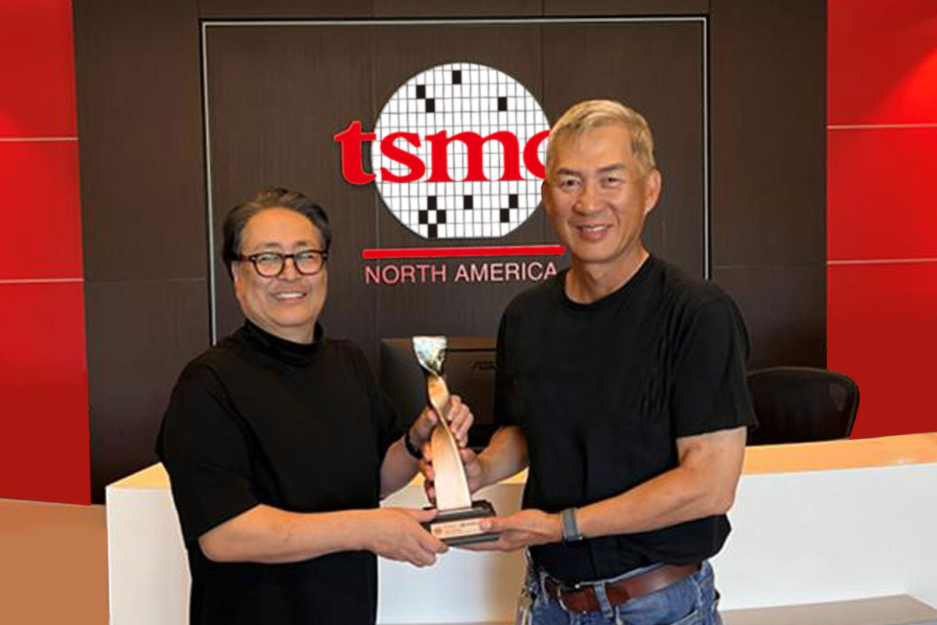
Map demonstrating landing web-site and shots taken Soon after about 7 several hours of rest, the crew was awakened by Houston to arrange to the return flight. Two along with a 50 % hrs afterwards, at 17:fifty four:00 UTC, they lifted off in Eagle's ascent stage to rejoin Collins aboard Columbia in lunar orbit.[145] Film taken in the LM ascent stage upon liftoff from your Moon reveals the American flag, planted some 25 toes (8 m) with the descent phase, whipping violently while in the exhaust on the ascent stage engine.
Upon arrival within the Vertical Assembly Creating, each stage was inspected inside of a horizontal place ahead of remaining oriented vertically. NASA also built substantial spool-shaped buildings that could be employed instead of levels if a selected stage was delayed.
The Apollo4 Blue SoC is undoubtedly an extremely-lower electric power, hugely built-in blended-signal SoC made for battery-driven devices. The SoC gives a substantial improvement in processing ability and remarkably integrated electrical power management and audio abilities for the Apollo SoC item family members.
[157] Inside of a 2010 interview, Armstrong spelled out that NASA limited the initial moonwalk's time and length for the reason that there was no empirical proof of simply how much cooling drinking water the astronauts' PLSS backpacks would take in to handle their entire body warmth technology though working on the Moon.[162] Lunar ascent
[143] Despite some specialized and weather conditions difficulties, black and white photographs of the main lunar EVA had been acquired and broadcast to not less than 600 million individuals on the planet.[143] Copies of the online video in broadcast structure had been saved and so are commonly available, but recordings of the original sluggish scan supply transmission within the lunar floor were being most likely destroyed for the duration of regime magnetic tape re-use at NASA.[142]
With up to 2MB of MRAM and a couple of.75MB of SRAM, the Apollo4 Plus has in excess of ample compute electrical power and storage to handle complicated algorithms and neural networks though exhibiting lively, crystal-clear, and sleek graphics.
This partnership is an important action ahead in the event of AI for creatives in World-wide-web three.0.SailGP partnered with Oracle and leveraged Oracle’s shopper working experience (CX) technology to fuel its latest fan engagement platform, known as The Dock. This revolutionary System, integrated with World wide web 3.0, offers a free of charge enthusiast loyalty system.Fujitsu and Mitsubishi Hefty Industries collaborate to produce and deploy blockchain remedies to the Strength sector. The two businesses would function together to develop blockchain-centered methods for various Strength-relevant use circumstances, such as green Electrical power buying and selling, need response, dispersed Strength resources, and carbon emissions investing.Inquire Ahead of Getting:
Goal-designed for numerous IoT applications, especially for electronic health devices, the most up-to-date Apollo SoC with Bluetooth® Low Vitality five.one is poised that will help propel the rapid adoption of remote individual or therapeutic monitoring, presenting an encouraging prognosis for buyers and healthcare providers.
“Ambiq has become growing and generating a measurable impact for thirteen years, Now we have persistently shipped document-small-energy technological know-how platform and processor remedies for IoT endpoint devices,” said Fumihide Esaka, the chairman and CEO at Ambiq.
Aldrin's bootprint; Element of an experiment to check the Houses on the lunar regolith They deployed the EASEP, which integrated a passive seismic experiment package used to evaluate moonquakes and also a retroreflector array employed for the lunar laser ranging experiment.[157] Then Armstrong walked 196 ft (60 m) from the LM to take photos for the rim of Minor West Crater although Aldrin collected two Main samples. He applied the geologist's hammer to pound while in the tubes—the sole time the hammer was used on Apollo eleven—but was not able to penetrate over 6 inches (fifteen cm) deep.
Through the mission, the lead to was diagnosed as being the rendezvous radar change staying in the incorrect situation, producing the pc to system details from both of those the rendezvous and landing radars concurrently.[121][122] Software engineer Don Eyles concluded in a 2005 Guidance and Control Conference paper Technical spot that the problem was due to a components structure bug Earlier viewed for the duration of screening of the primary uncrewed LM in Apollo five. Acquiring the rendezvous radar on (so it absolutely was warmed up in case of an emergency landing abort) should have been irrelevant to the pc, but an electrical phasing mismatch involving two portions of the rendezvous radar technique could result in the stationary antenna to appear to the pc as dithering forwards and backwards among two positions, based on how the components randomly powered up.
Apollo four, being the initial flight on the Saturn V, received rigorous media protection, and writers struggled to Express to the public the size from the launch automobile, stating that it will tower very well about the Statue of Liberty and become 13 situations as major. North American, in a handout to the media, noted that the 3000-ton Saturn V comfortably outweighed a "great-sized navy destroyer".
Smoke and flames signal the opening of the historic journey given that the Saturn V clears the launch pad. Click impression to enlarge.
with method paths no cost of enormous hills, tall cliffs or deep craters that might confuse the landing radar and bring about it to concern incorrect readings;

Get Smart. Use Less Energy.
Ultra-low power SoCs for IoT endpoint devices
that demand complex operations
and longer battery life.
✍ Ambiq® is committed to further improve the quality of life by enabling the intelligence of endpoints while further reducing carbon footprints. Ambiq – your partner in endpoint intelligence.
✯✯✯Based in Austin, San Jose, Hsinchu, Shenzhen, and Shanghai, our leadership and management teams consist of advocates, builders, enthusiasts, entrepreneurs, explorers, incubators, inventors, pioneers, protectors, thinkers, and visionaries. With a diverse spectrum of experiences and skillset, we came together and united with one goal to enable the true Internet of Things where the battery-powered endpoint devices can truly be connected intuitively and intelligently 24/7.
Ambiq Wins the Demo of the Year Award at 2023 TSMC Technology Symposium
September 7, 2023, Austin, TX – Ambiq®, a leading developer of ultra-low-power semiconductor solutions that deliver a multifold increase in energy efficiency, was awarded the Demo of the Year Award by TSMC as a participant of the Innovation Zone at the 2023 TSMC North America Technology Symposium.
Ambiq Wins the Demo of the Year Award at 2023 TSMC Technology Symposium
During the April event, Ambiq showcased various product design wins using TSMC’s 22nm technology in wearables, digital health, smart home, Industrial IoT, pet trackers, and retail segments, with industry-leading energy efficiency. Ambiq also featured two live demos emphasizing its leadership in enabling endpoint AI with its HeartKit™ for remote patient monitoring and its graphics display capabilities for a vivid user interface.

TSMC pioneered the pure-play semiconductor foundry business model when it was founded in 1987, helping startup companies accelerate their innovations by providing access to the industry’s leading process technologies and manufacturing capacity. Since 2021, TSMC has expanded that mission with an Innovation Zone at its worldwide Technology Symposiums, highlighting how TSMC partners with startup companies to enable cutting-edge products from various applications, including high-performance computing, communication, Apollo 4 plus automotive, IoT, and consumer segments.
“We’re grateful to TSMC and our booth visitors for allowing us to share our energy-efficient technology and processor solutions with them,” said Ambiq’s CEO, Fumihide Esaka. “We’re moving towards an exciting frontier of AI becoming more engrained with our daily lives. With that vision on the horizon, we will continue to develop innovative and first-of-its-kind ultra-low-powered solutions that keep innovation and sustainability in mind.

Ambiq’s mission is to develop the lowest-power semiconductor solutions to enable intelligent devices everywhere by developing the lowest-power semiconductor solutions to drive a more energy-efficient, sustainable, and data-driven world. Ambiq has helped leading manufacturers worldwide develop products that last weeks on a single charge (rather than days), while delivering a maximum feature set in compact industrial designs. Ambiq’s goal is to take Artificial Intelligence (AI) where it has never gone before in mobile and portable devices, using Ambiq’s advanced ultra-low power system on chip (SoC) solutions. Ambiq has shipped more than 200 million units as of March 2023.
Ambiq Designs Low-Power for Next Gen Endpoint Devices
Ambiq’s VP of Architecture and Product Planning, Dan Cermak, joins the ipXchange team at CES to discuss how manufacturers can improve their products with ultra-low power. As technology becomes more sophisticated, energy consumption continues to grow. Here Dan outlines how Ambiq stays ahead of the curve by planning for energy requirements 5 years in advance.
Ambiq Highlights From Embedded World 2024
Facebook | Linkedin | Twitter | YouTube
Comments on “The apollo2 Diaries”